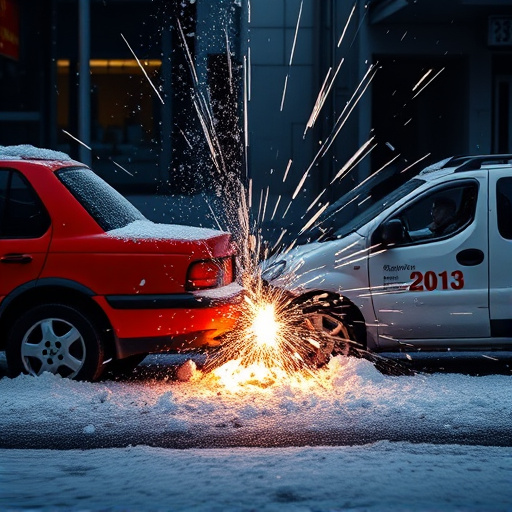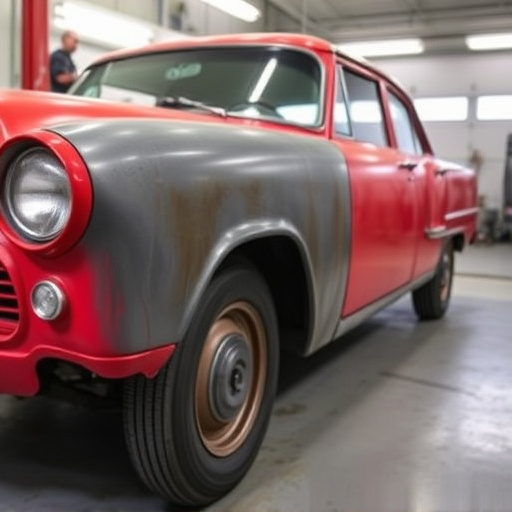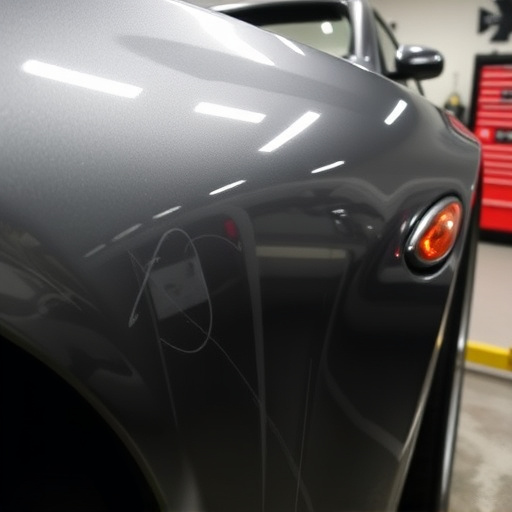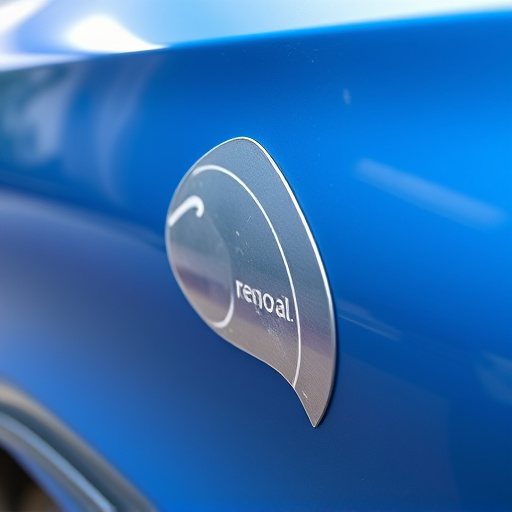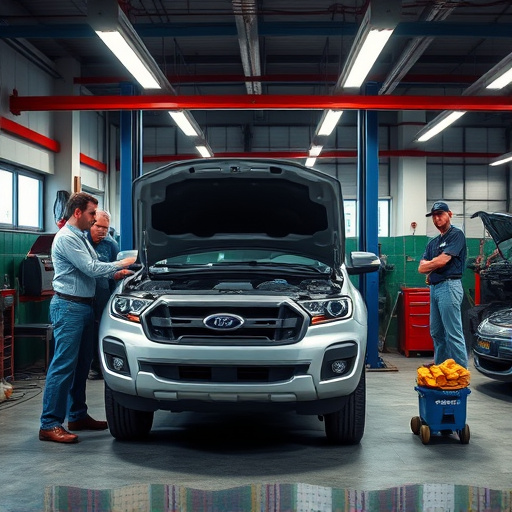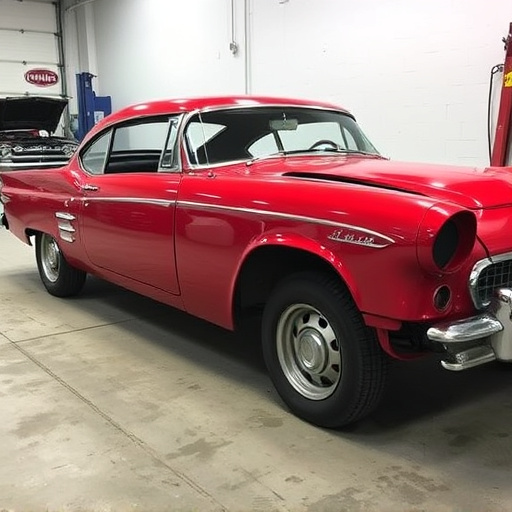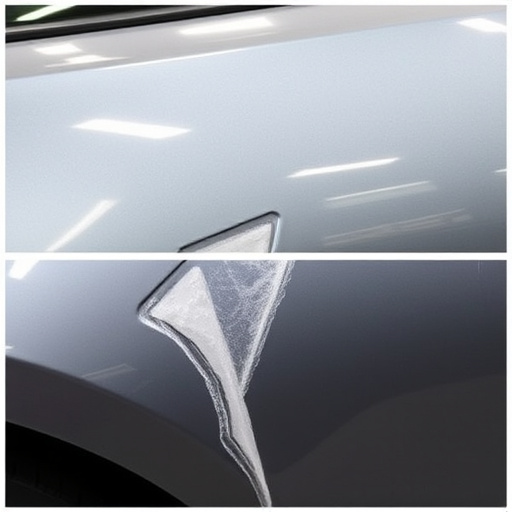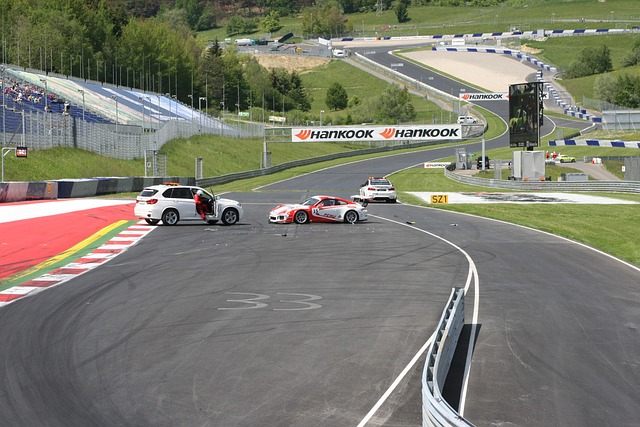Tesla bumper sensor repair is crucial for Blind Spot Monitoring (BSM) effectiveness. Damage or corrosion can cause false alarms or missed threats. Automotive technicians use diagnostics to identify issues, from minor repairs like dent removal to complex sensor replacement or recalibration through specialized tools, ensuring enhanced driver safety and preventing accidents.
Is your Tesla’s Blind Spot Monitor (BSM) giving you false alerts? It might be a faulty bumper sensor. These sensors are crucial for safe driving, so repairing them promptly is essential. This guide covers everything from understanding common Tesla bumper sensor faults to diagnosing issues and a step-by-step repair process. By following these instructions, you can fix your BSM and enhance your vehicle’s safety features. Learn how to tackle this repair, making your Tesla more reliable on the road.
- Understanding Tesla Bumper Sensor Faults
- Diagnosing Blind Spot Monitor Issues
- Step-by-Step Guide to Repair
Understanding Tesla Bumper Sensor Faults
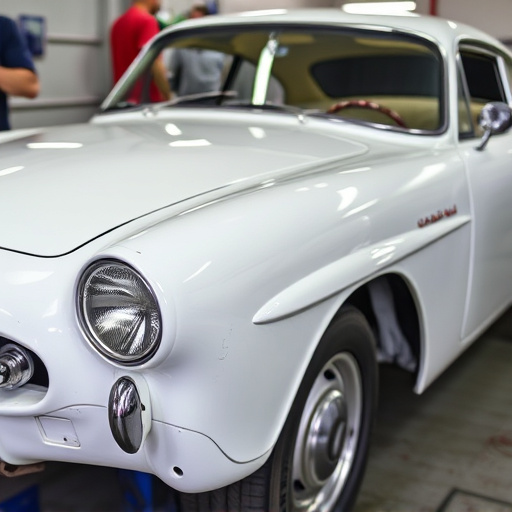
Tesla bumper sensors play a crucial role in the vehicle’s Blind Spot Monitoring (BSM) system, designed to alert drivers of potential hazards in their blind spots. When these sensors fail or malfunction, it can lead to errors in the BSM, causing false alarms or even missing real threats. Understanding the nature of these faults is essential for Tesla owners and automotive repair specialists alike.
Faults with Tesla bumper sensors can arise due to various reasons, such as damage from minor collisions or road debris, corrosion, or simply wear over time. An automobile repair technician skilled in Tesla bumper sensor repair will first diagnose the issue by conducting thorough inspections and using specialized tools to test each sensor’s functionality. This process involves checking for physical damage, electrical connections, and sensors’ responsiveness to changes in vehicle position. Once identified, whether it’s a dent removal or a more intricate repair, the technician can then proceed with the appropriate Tesla bumper sensor repair techniques to ensure the system operates optimally once again.
Diagnosing Blind Spot Monitor Issues
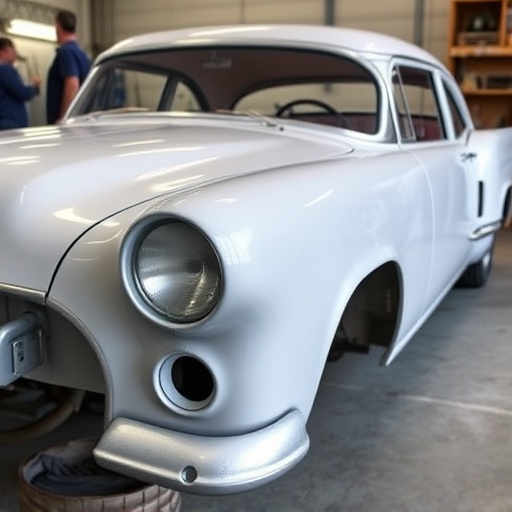
When it comes to diagnosing Blind Spot Monitor (BSM) issues on a Tesla vehicle, the first step is to conduct a thorough inspection. This involves checking the visible components, especially the bumper sensors, for any signs of damage or debris accumulation. These sensors are crucial for the BSM system, which assists drivers in changing lanes safely by detecting nearby vehicles. If a sensor is malfunctioning, it may not trigger the warning signal, leading to a false sense of security.
Fleet repair services often employ advanced diagnostic tools to identify the specific fault. This process can reveal whether a Tesla bumper sensor repair is needed. In many cases, a simple cleaning or replacement of the sensor can resolve the issue, ensuring the vehicle’s safety features function optimally. For more complex problems, automotive restoration experts might be required to perform specialized repairs, guaranteeing that the BSM system operates at peak performance and enhancing overall vehicle safety.
Step-by-Step Guide to Repair

Repairing a Tesla bumper sensor for blind spot monitor faults can be accomplished with the right tools and a step-by-step approach. First, locate the sensor, typically positioned near the corner of the vehicle’s bumper. This is often where objects in the blind spot may trigger a false alarm. Before beginning any repair work, ensure proper safety precautions are in place to avoid any potential accidents or injuries.
Next, assess the condition of the sensor and determine if it requires replacement or recalibration. If there’s visible damage or the sensor isn’t functioning correctly, replacing it might be necessary. You’ll need specialized tools for this task, such as a diagnostic scanner compatible with Tesla models. To replace the sensor, disconnect any power sources, remove the damaged part, install the new sensor, and reattach the electrical connections. For recalibration, use the vehicle’s diagnostic port to adjust the settings according to Tesla’s specifications, ensuring optimal blind spot monitoring performance. Remember, accurate calibration is key for safe driving and avoiding collisions during lane changes.
When faced with a Tesla bumper sensor fault, understanding the issue and knowing how to diagnose it is key. With this guide, you now have the tools to navigate through blind spot monitor problems and even perform a Tesla bumper sensor repair yourself. Remember, quick action on these issues can help ensure your vehicle’s safety features remain reliable, providing peace of mind while driving. For any complex cases, consider seeking professional assistance for a smooth and efficient resolution.

